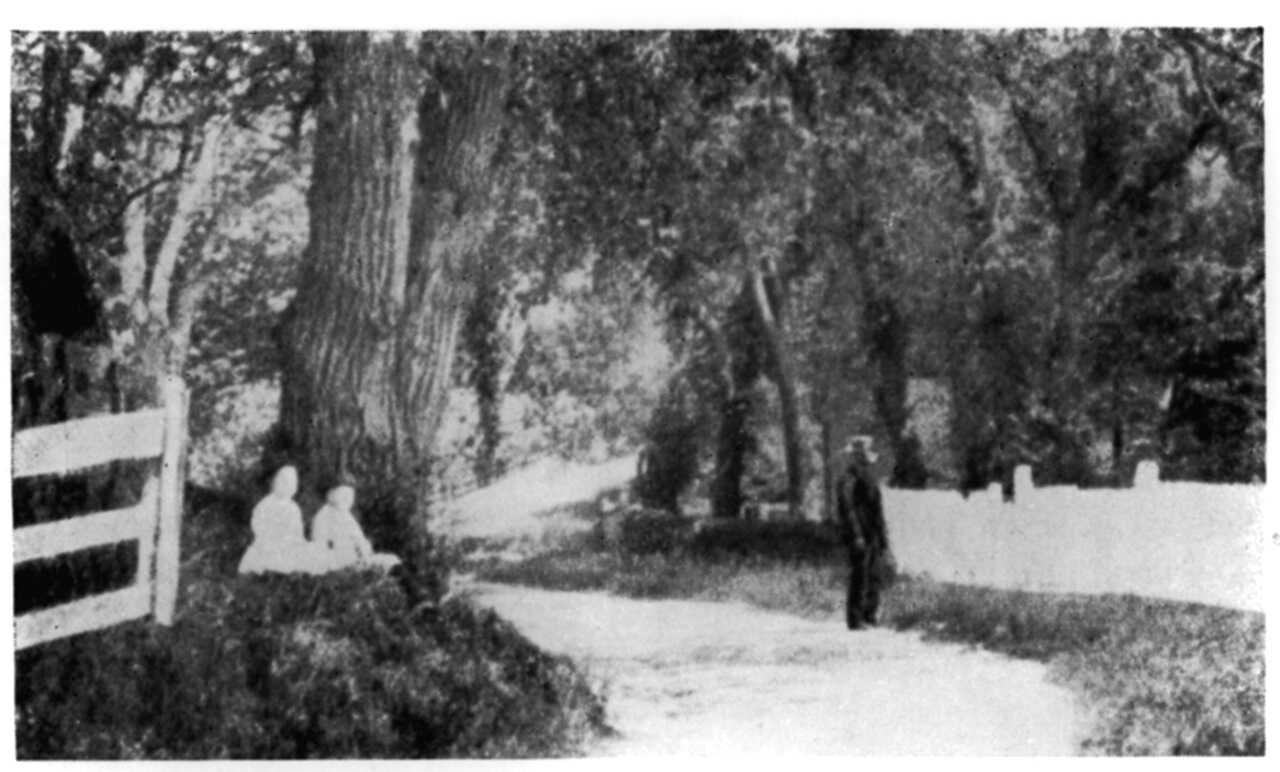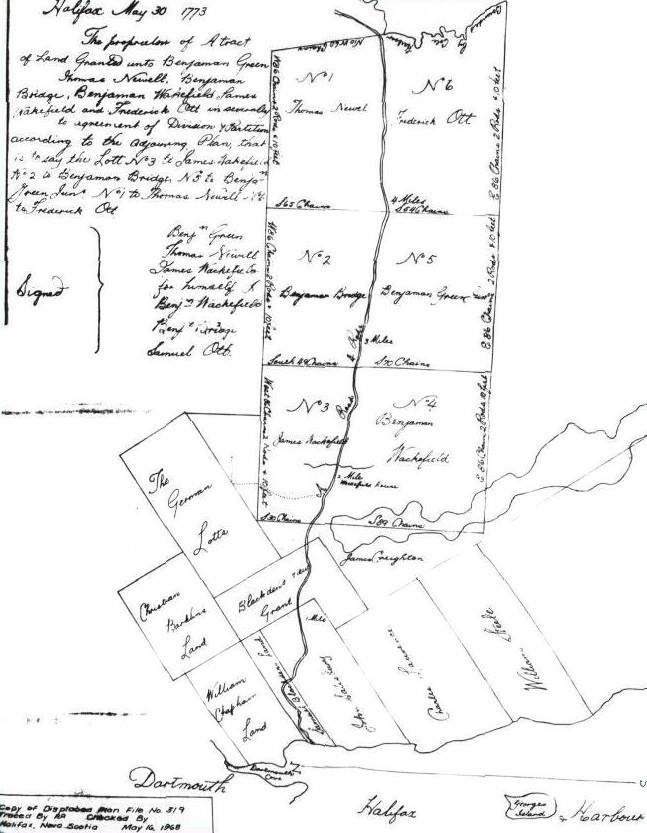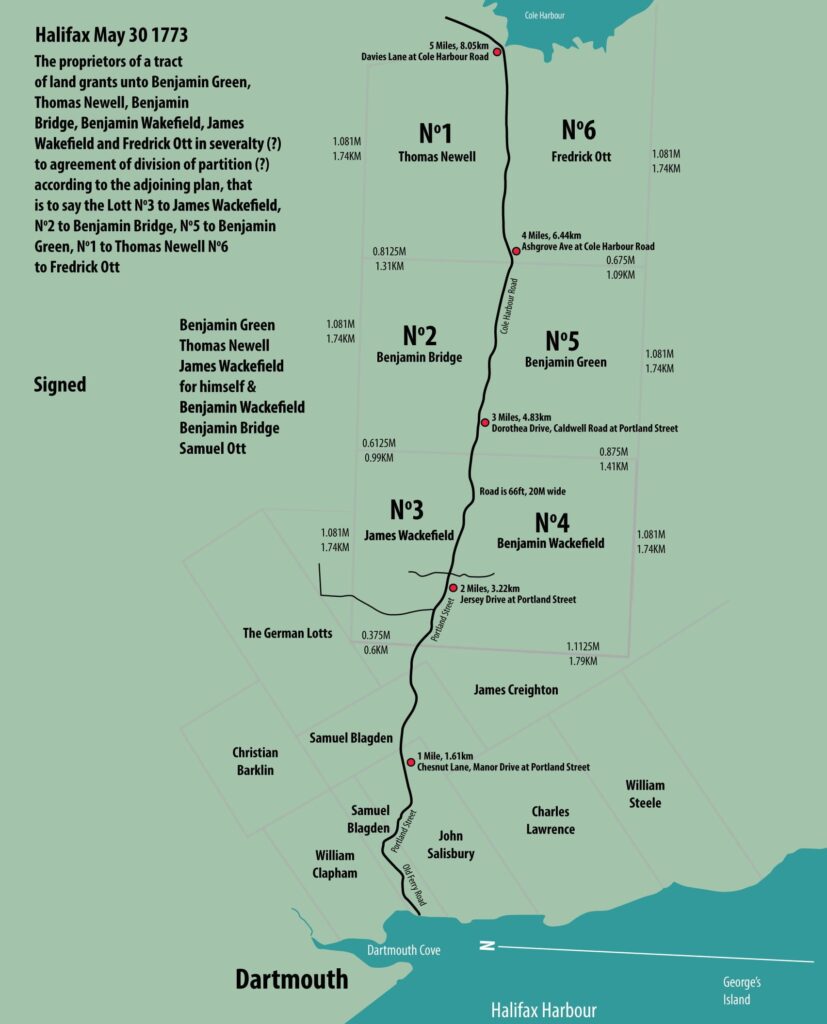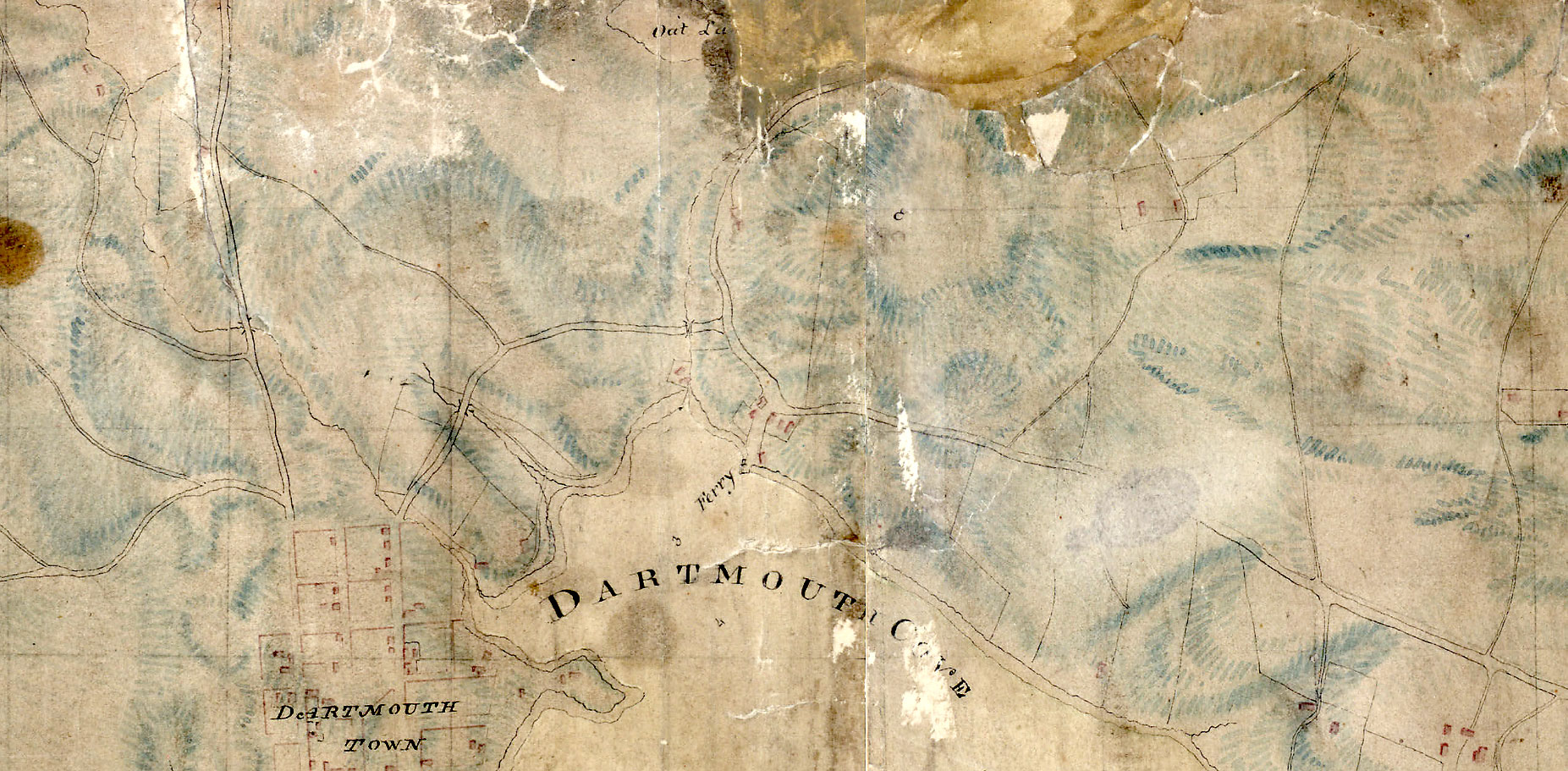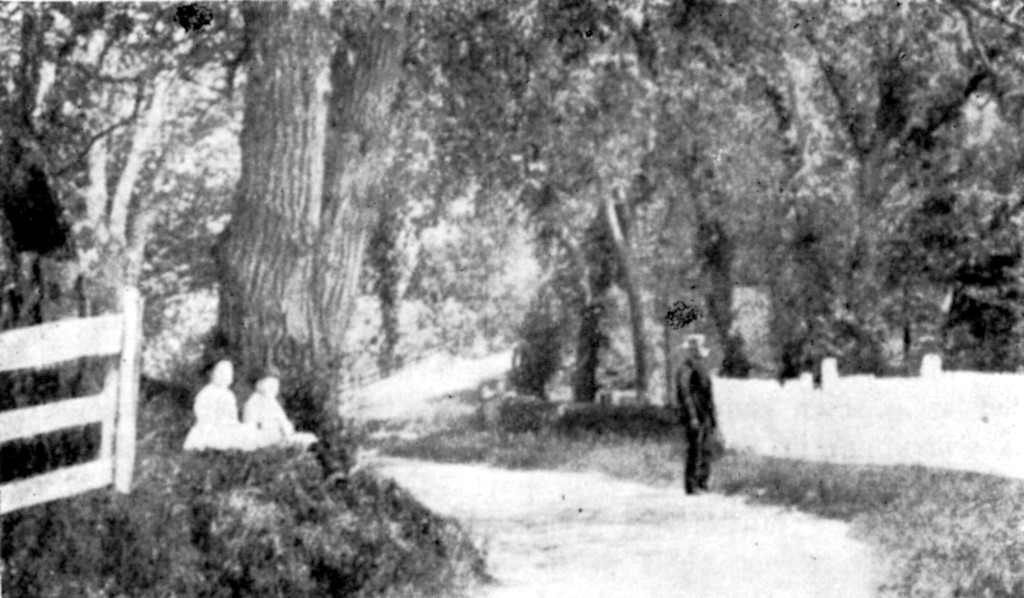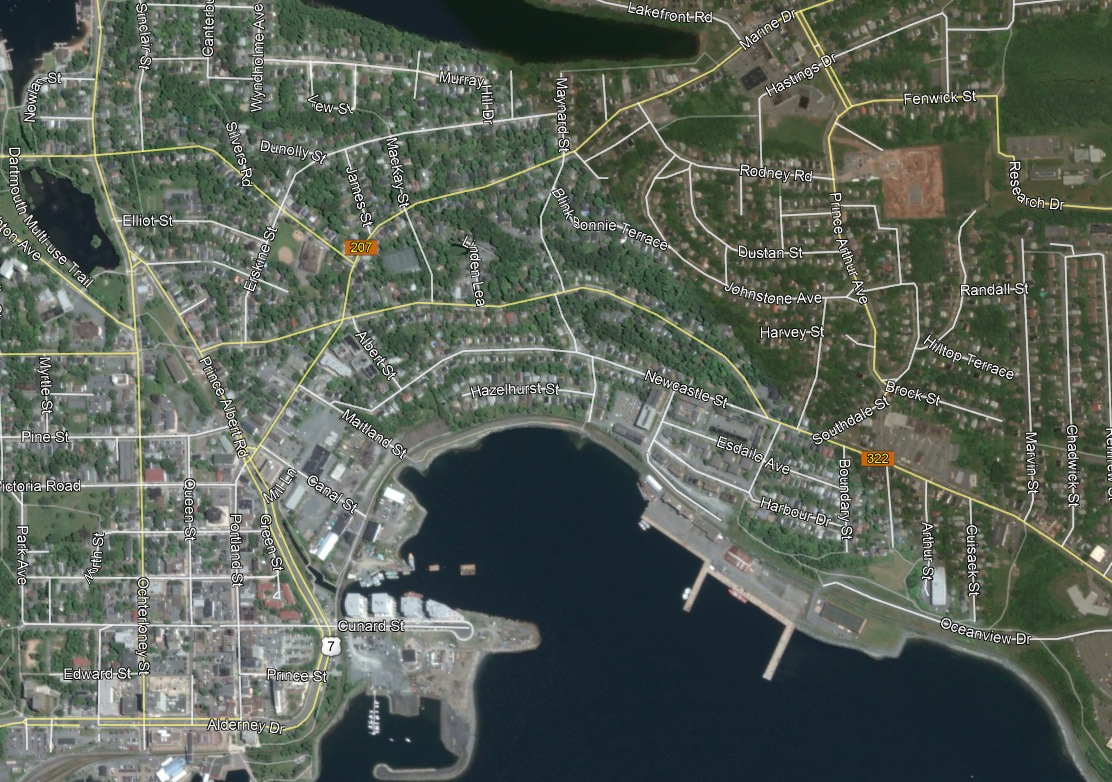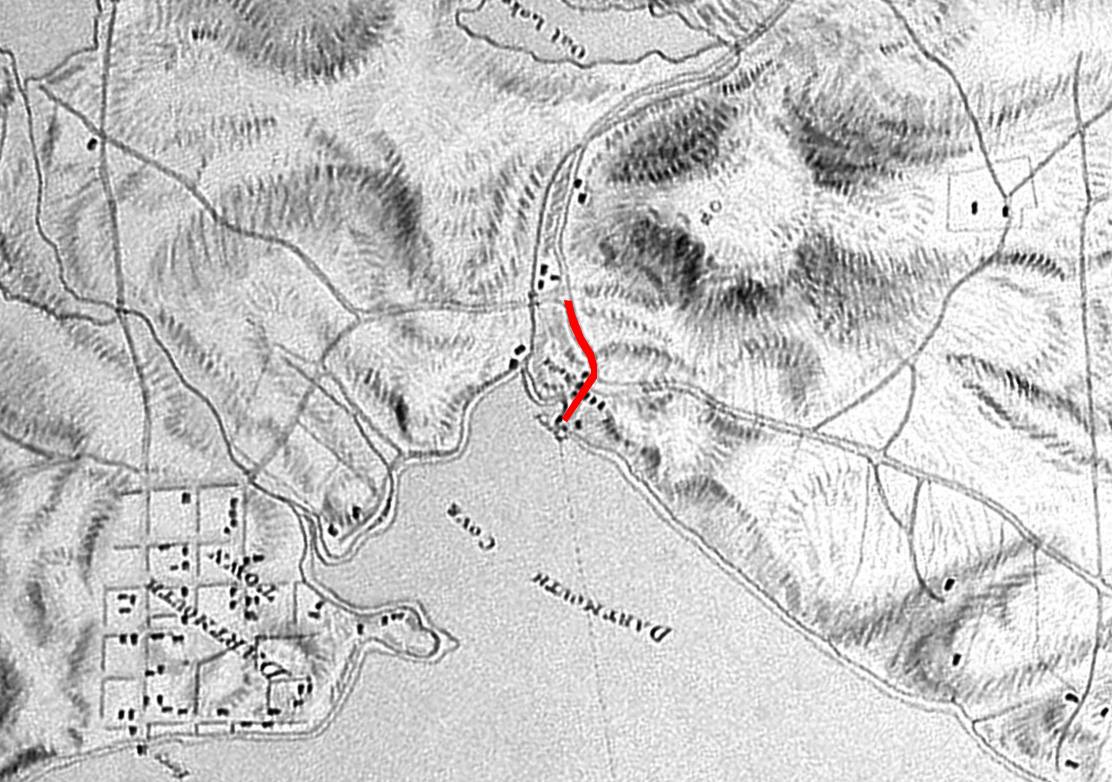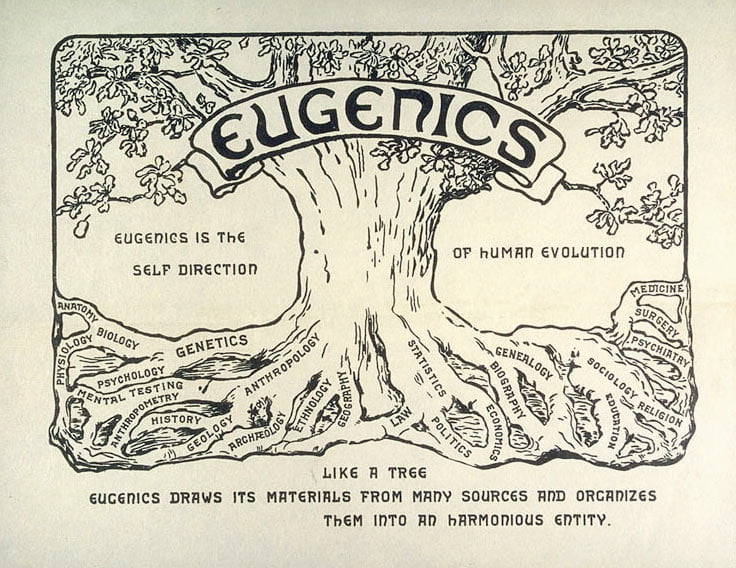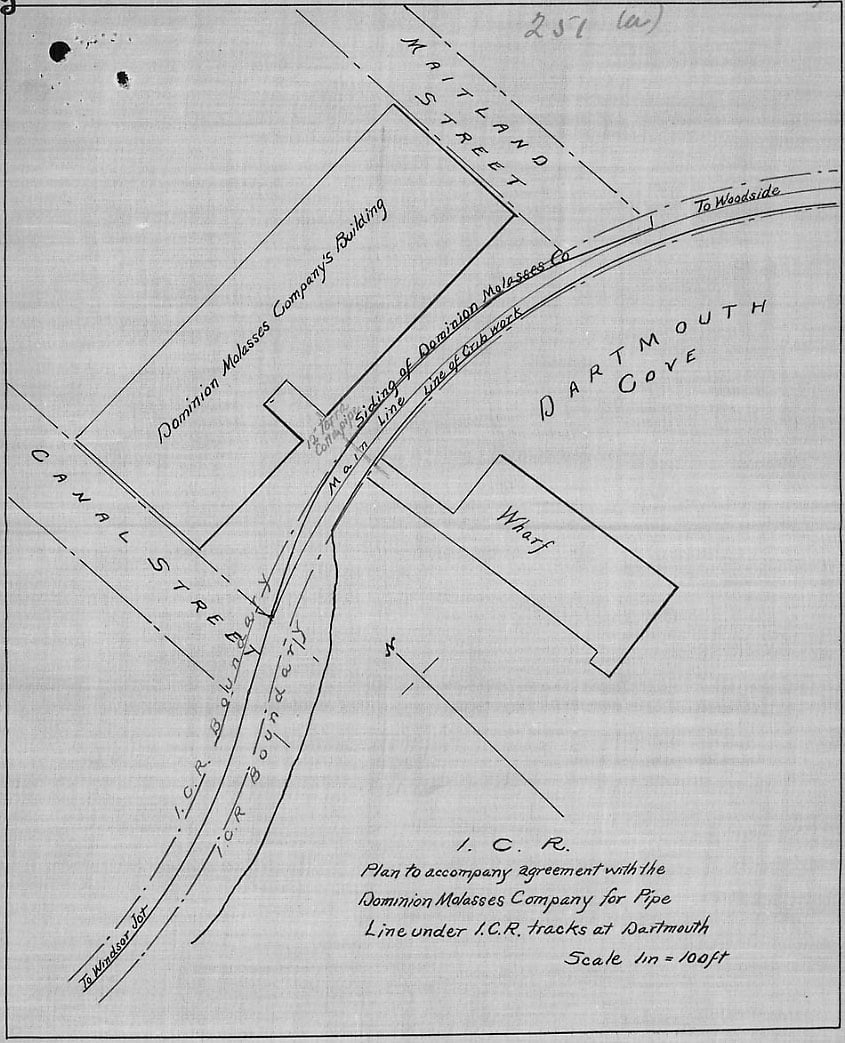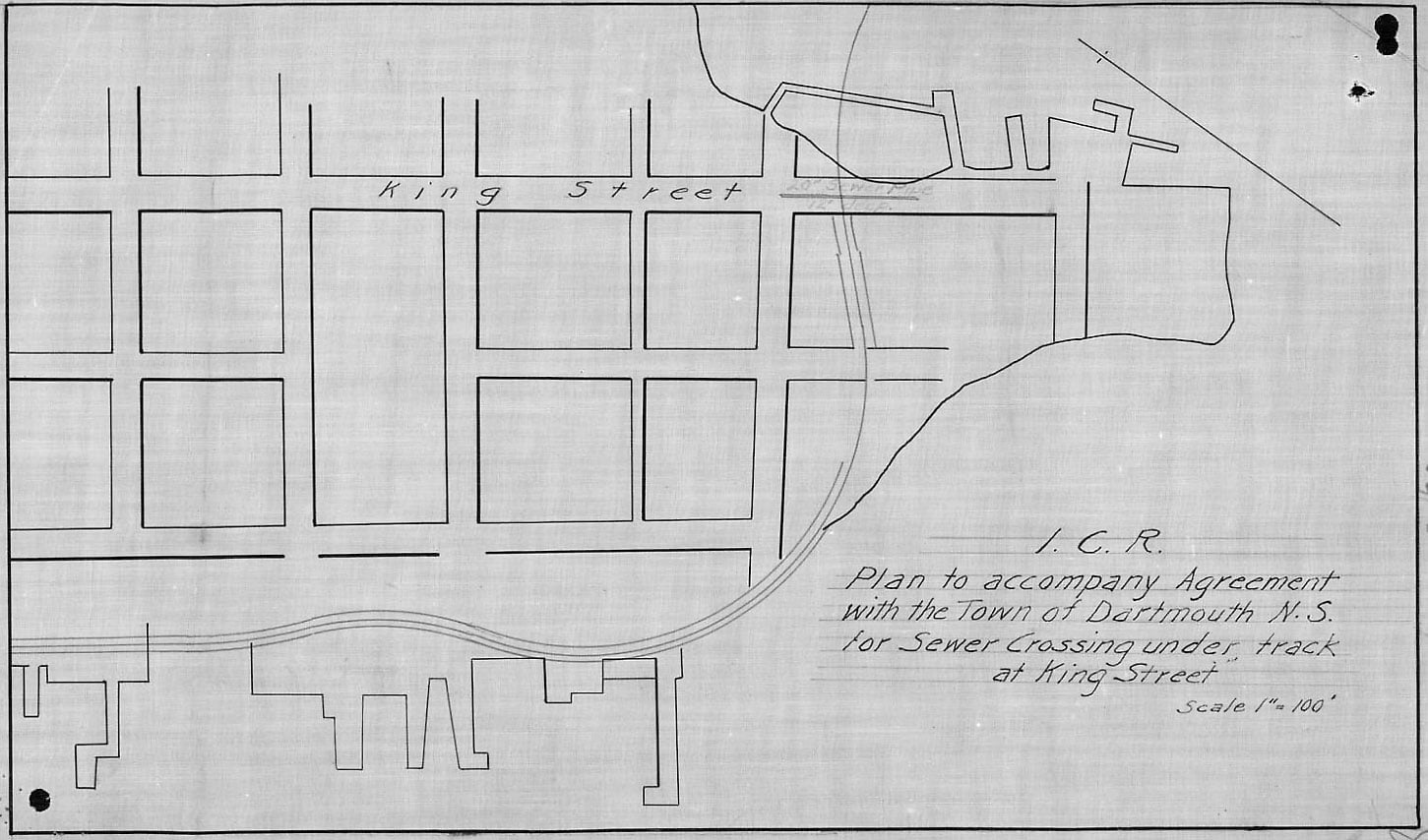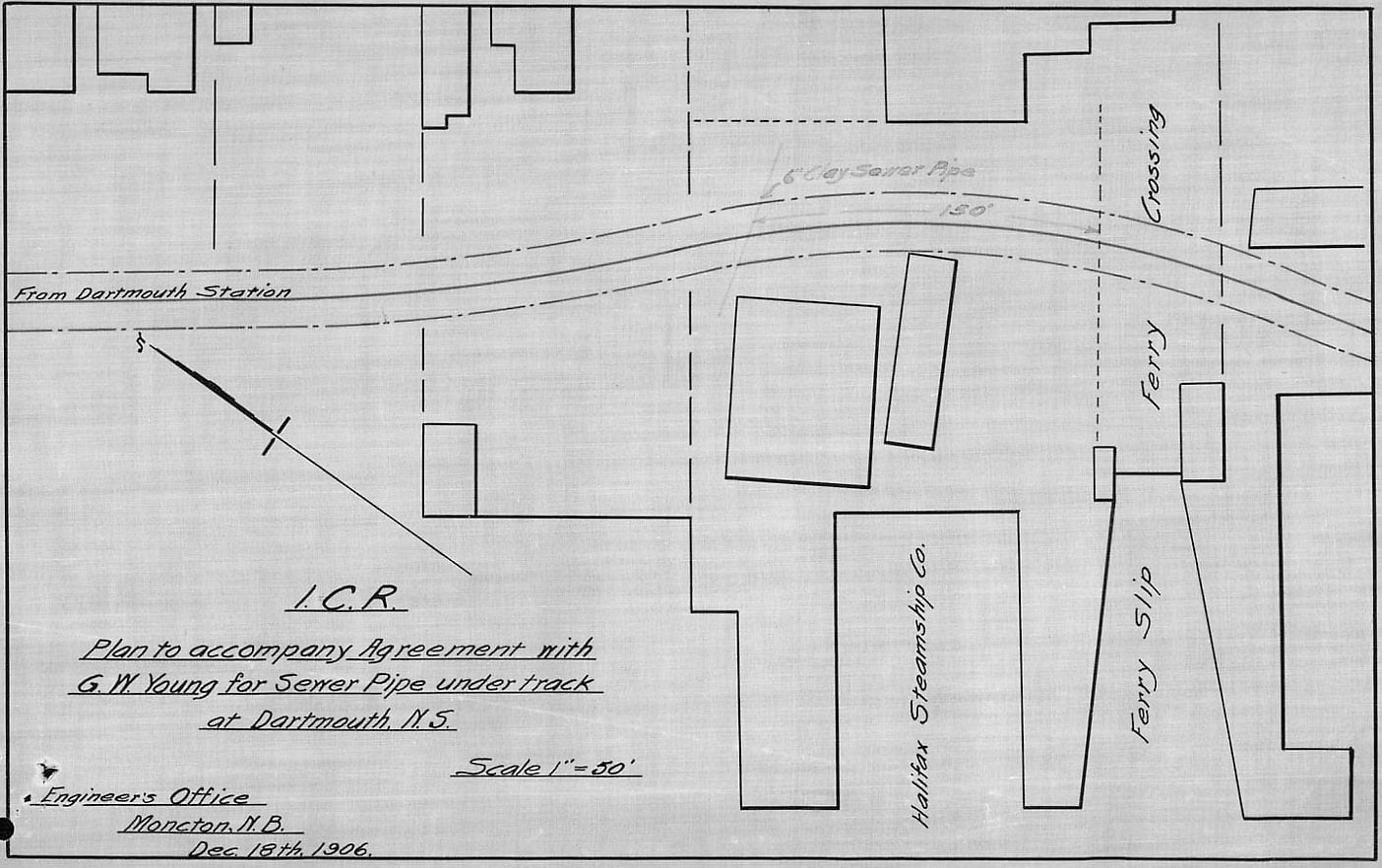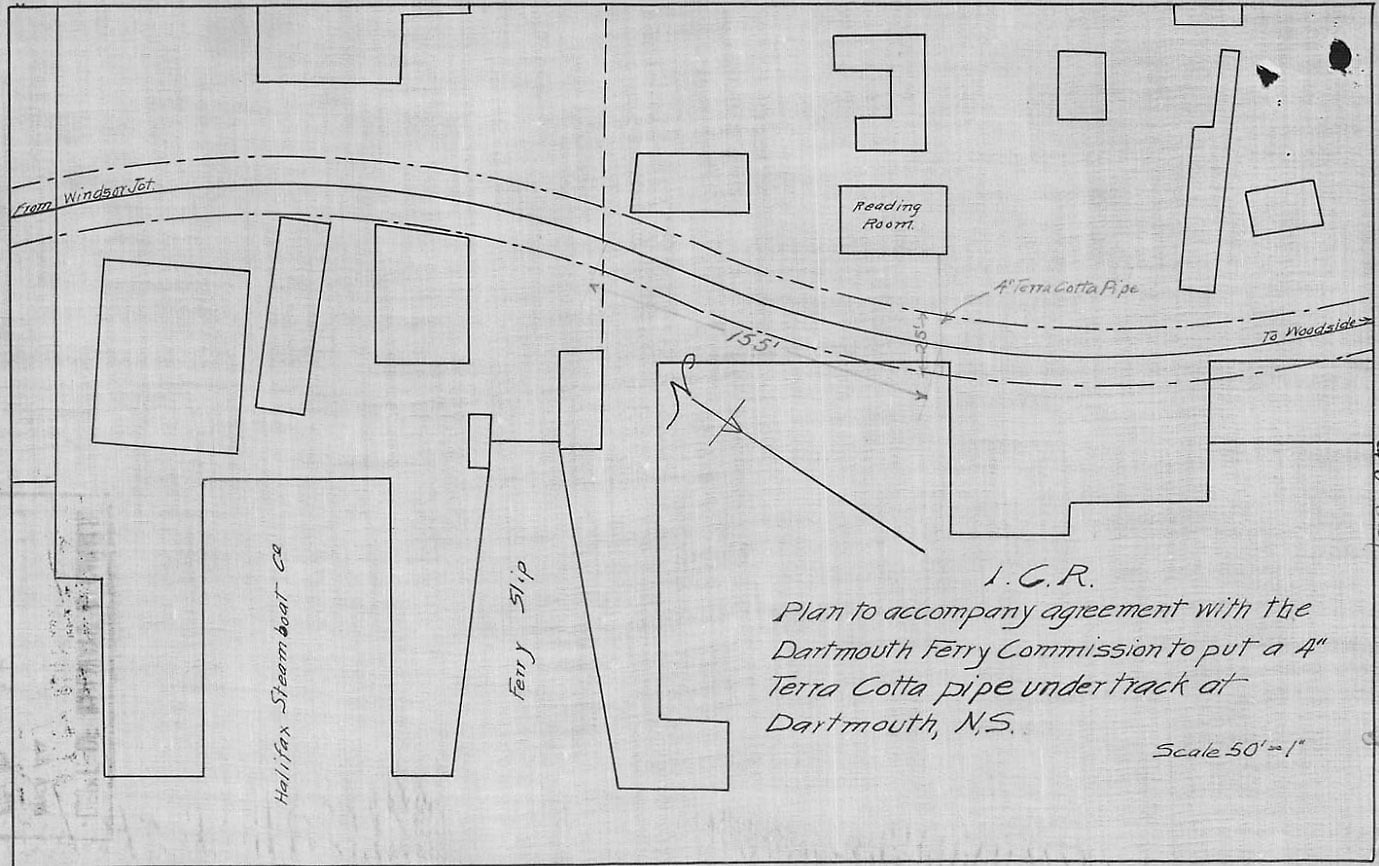

DARTMOUTH, N.S., BUSINESS DIRECTORY
Acadia Roller Mills
Allen John, boots and shoes, Water
Allen J W, stationery, 70 Portland
Atkinson Geo, grocery, 62 Portland
Atlantic Mineral Water Co, Water
Atlantic Weekly, Water
Baker Wm, boarding, baiting and livery stable, 24 Ochterloney
Bell Isaac, dry goods, Portland
Bertram Stubbs O, photo, Portland
Bowes E M, painter, 96 Portland
Bowser B & A, flour, feed, etc, 151-3 Portland
Casey J A, grocery, Portland
Conrad Jabez, livery stable, 120 Portland, ‘phone 34
Conrod John, blacksmith and horseshoer, Portland
Conrod S M, meat market, 86 Portland
De Wolfe G C & Son, grocery, 33 Ochterloney
Dares F Q, grocery, prov, feed, etc, 80 Portland
Dares S B, hardware, lumber, painting, oils and glass, 217 Portland
Donovan Mrs E, grocery, 142 Portland
Douglas & Co, gin foundry
Earle George J, mer tailor, 45 Portland
Eisener A, victualler. Water, cor Queen
Forsyth Andrew, grocery, cor Water, and Church
Forsyth Bros, grocery, prov, etc. Water
Forsyth Jr, grocery and china. Water
Gay & McLean, painters and decorators, 143 Portland
Gentles T & Sons, grocery and baking, 63-71 Ochterloney
Graham J R, meat market, Portland, also Water
Greene John, watchmaker and jeweller, 59 Portland
Hutchinson A, mason and builder, 250 Ochterloney
Hutt A, blacksmith, Portland Laidlaw R, fruit, 90 Portland
Layers W G, boarding and livery stable, 35 Ochterloney
Leslie J G, grocery, 190 Portland
Lloy Alexander, grocery and produce, 176-78 Portland
McCarthy Owen, dry goods and millinery, 74 Portland
McHanna Peter, undertaker and casket mnfr, Wilson
McNab Colin & Co, grocery, fruit and feed, Portland cor Prince
McNabb J A, dry goods, 132 Portland
Maclean J B, grocery, feed, etc, 67 Portland
Misener G A, estate of Fenwick G Misener, prop, undertaker, Portland
Misener & Merson, carpenters, Portland
Moseley W P & Co, grocery, 92 Water
Ormon G A, fine groceries, flour, fruit, teas, etc, Portland, cor King
Pereril, C E, yictualer. Water
Power J & Co, carriage and express builder, repairing and blacksmithing, 115-19 Portland
Richards G, livery, Portland
Ritchie John, plumber, tinner, stoves, etc, 180 Portland
Russell N & Co, stoves and tinware, 179 Portland
Sellers H W, boots and shoes, 92 Portland
Settle H H, horse shoer and general blacksmith, Portland
Simmonds Jas & Co, hardware, Water
Simpson S, harness, Portland
Smith W McV, harness, 95 Portland
Starr Mfg Co The Ltd, mnfr of skates, ry and ship spikes, bolts, nuts, washers, electroplating, canners’ dies, gen machine works, etc, Dartmouth
Sterns G A, druggist, 48 Ochterloney
Stevens W H, drugs, 87 Portland
Smtherland Bros, grocery, Portland
Thomson Samuel, grocery, 22-24 Portland
Tuttle W L, boots and shoes, 56 Portland
Union Bank Of Halifax, F O Robertson, mgr, 42 Water
Walker E M, grocery, 52 Ochterloney
Walker H C & Co, men’s furnishings, hats, caps, etc, 46 Portland
Walker H C, grocery and furniture, 51 Portland
Wamboldt R L, fish market. Water
Warner E, coal and wood, Ferry wharf
Wisdom A, dry goods, Portland
Bards & Co. “Bards & Co’s business and professional directory: of Halifax, Amherst, Charlottetown, Dartmouth, Chatham, Fredericton, Kentville, Moncton, New Glasgow, Sydney, N. Sydney, Pictou, Quebec, St. John, St. Stephen, Summerside, Yarmouth, Woodstock, Truro, Windsor, etc. : embracing a list of all business and professional men in the cities above named for the year 1900” New York; Toronto : Bards & Co. https://archive.org/details/cihm_08249






















